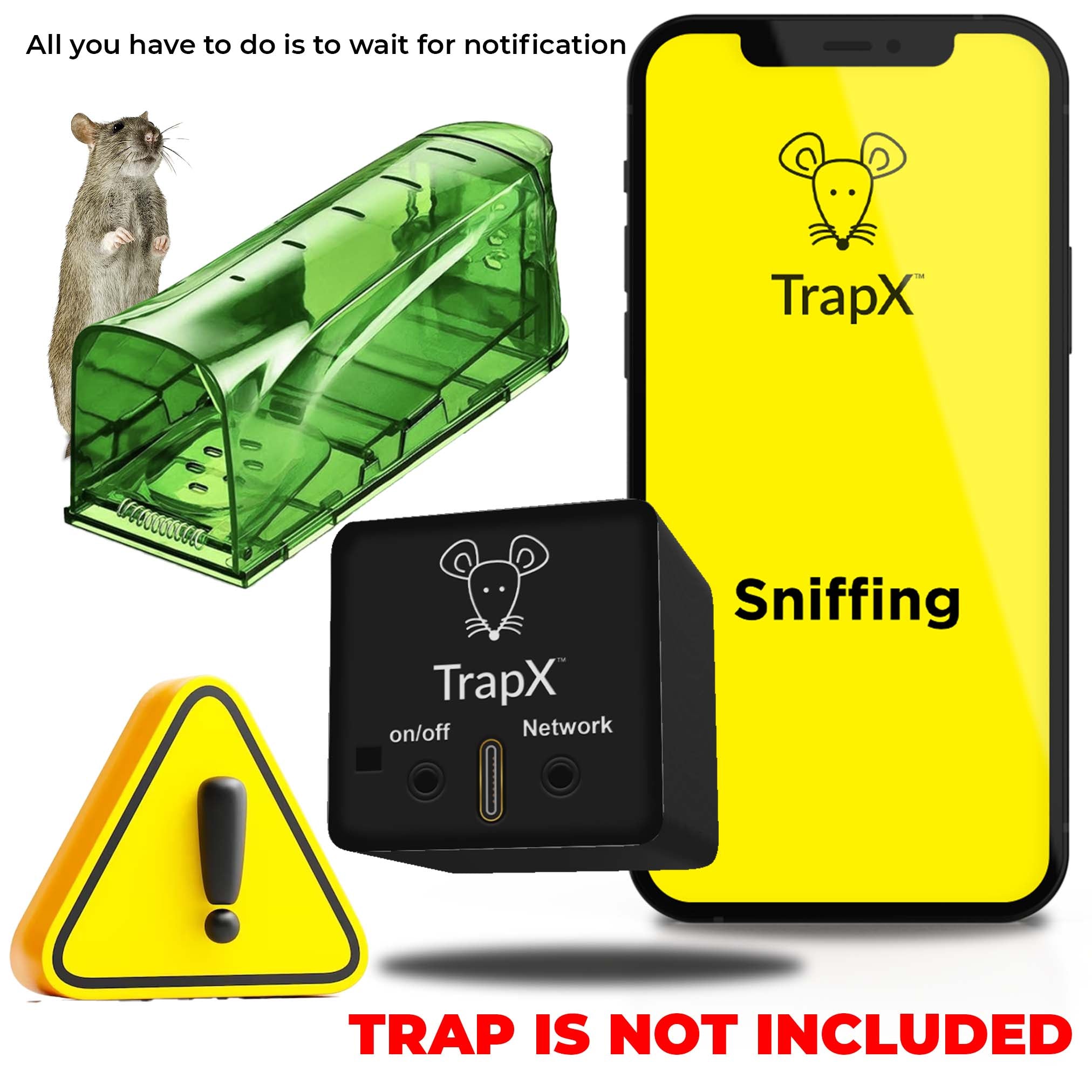How to Prepare an Unused Toilet Against Rodent Infestation
Share
Rodent infestation in an unused toilet can be a nightmare. As these pests can cause significant damage and spread diseases, it is crucial to take preventative measures. In this article, we will explore how to prepare an unused toilet against rodent infestation, ensuring your home remains safe and hygienic.

Why Rodents Target Unused Toilets
Rodents are attracted to unused toilets for several reasons. They seek out quiet, undisturbed places that offer potential sources of food and water. The stagnant water in an unused toilet bowl and the typically silent bathroom environment make it an ideal habitat for these unwanted guests.

Steps to Rodent-Proof Your Unused Toilet
1. Seal Off Entry Points
Firstly, identify and seal any entry points that rodents might use to access the toilet. Check for gaps around pipes, vents, and windows, and use steel wool or caulk to block these openings. Rodents can squeeze through surprisingly small gaps, so be thorough in your inspection.
2. Use Rodent Repellents
There are various natural and chemical rodent repellents available. Common options include peppermint oil, ultrasonic devices, and commercial rodent sprays. Apply these repellents around the toilet and its surrounding areas to deter rodents from entering.
3. Maintain Cleanliness
Rodents are drawn to dirty environments. Regularly clean the bathroom, even if it is not in use. Remove any potential food and water sources, and avoid leaving standing water in the toilet bowl.

Additional Tips for Rodent Prevention
1. Store Toiletries Properly
Ensure that all toiletries and cleaning supplies are stored in sealed containers. Rodents may gnaw on soap, toothpaste, and other products, so keeping these items in airtight containers can prevent attracting them.
2. Regular Inspections
Conduct regular inspections of the unused toilet and surrounding areas. Look for signs of rodent activity, such as droppings or gnaw marks, and take immediate action if you notice any indications of an infestation.
3. Install Physical Barriers
Consider installing physical barriers such as door sweeps and wire mesh over vents and drains. These barriers can prevent rodents from gaining access to the bathroom.

External Resources
For more information on rodent prevention and control, visit the CDC website.
FAQs
1. What are common signs of rodent infestation in an unused toilet?
Common signs include droppings, gnaw marks, nests, and unusual sounds. Check for these indications regularly.
2. Can household pets deter rodents from entering an unused toilet?
Pets like cats and dogs can sometimes deter rodents. However, it is not a foolproof method and should be complemented with other preventive measures.
3. How often should I inspect an unused toilet for rodent activity?
Conduct inspections at least once a month to ensure early detection and prevention of any rodent activity.
As an Amazon Associate, I earn from qualifying purchases.
For more tips and information on rodent control, be sure to check out these helpful articles: Mouse vs. Rat Traps, DIY Mouse Trap, and Rodent Alert Guide.
